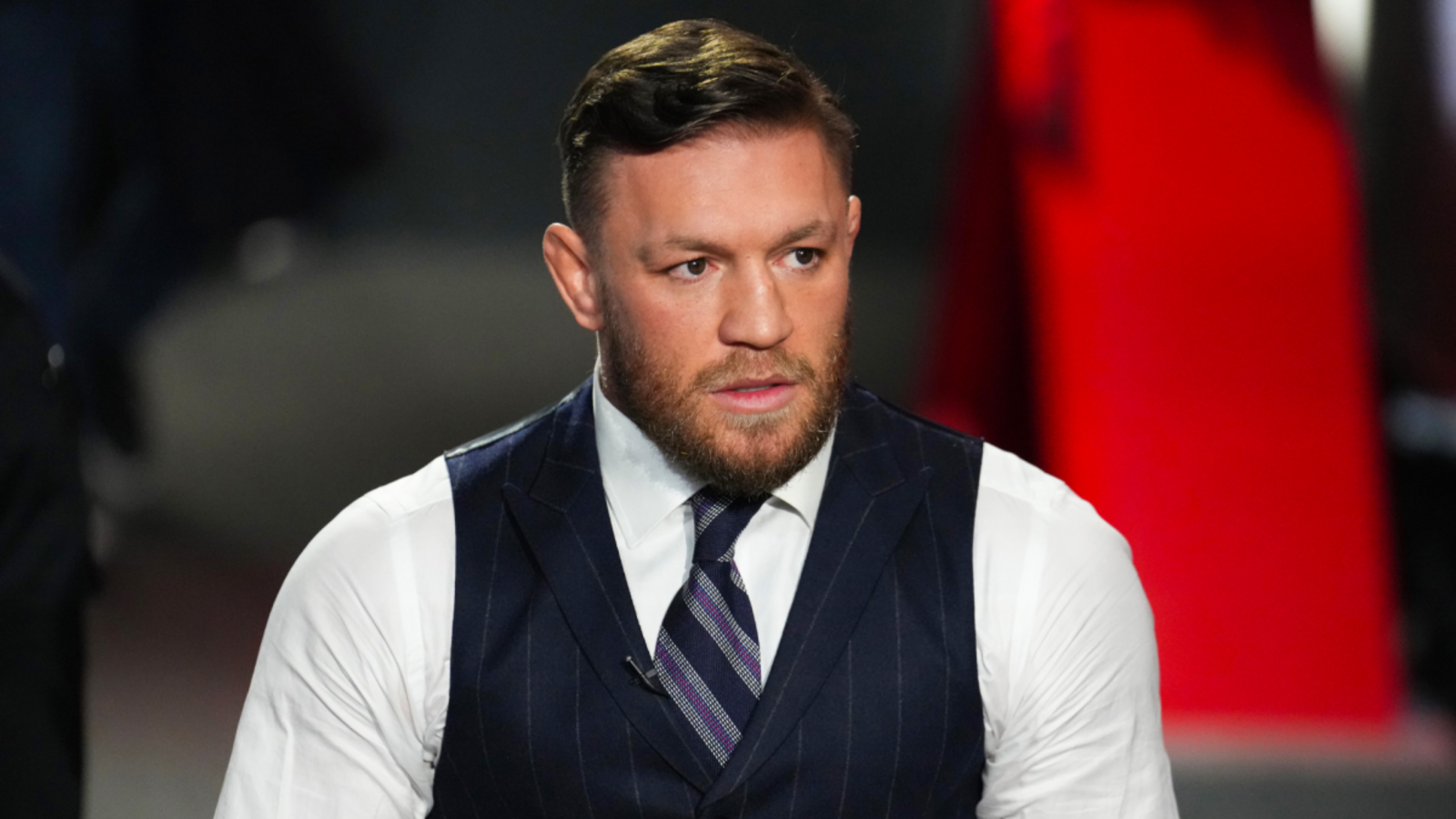
Highlights
Defines what ‘whereabouts failures’ mean under UFC’s anti-doping policy
Explains how McGregor’s three missed tests triggered the sanction
Outlines why the suspension was reduced from 24 to 18 months
Conor McGregor’s 18-month suspension isn’t about a failed drug test — it’s about missing them. The Combat Sports Anti-Doping (CSAD) organization announced that the Irish star violated the UFC’s Anti-Doping Policy after missing three attempted biological sample collections in 2024.
According to CSAD, McGregor failed to make himself available for testing on June 13, September 19, and September 20 of that year. Each incident was classified as a Whereabouts Failure — a violation that occurs when a fighter can’t be located at the time and place they reported to be available for unannounced testing.
So, what do “whereabouts failures” really mean?
Under the UFC’s Anti-Doping Policy, which follows standards set by the World Anti-Doping Agency (WADA), all athletes must provide detailed daily schedules that specify where they’ll be — including training, travel, and overnight stays. This allows anti-doping officials to collect samples without prior notice. A missed test occurs when an athlete isn’t present at the location they reported during a designated testing window. If this happens three times within a 12-month period, it counts as a full anti-doping violation, even without a positive test result.
In McGregor’s case, CSAD confirmed he missed tests on June 13, September 19, and September 20, 2024. Although he was recovering from injury and not in active competition, these missed collections still met the threshold for a violation. Investigators noted that McGregor fully cooperated, accepted responsibility, and provided information that helped explain the missed tests.
The UFC’s official statement emphasized that accurate whereabouts filings and unannounced testing are ‘essential to the success of the UFC Anti-Doping Program.’ The program is administered independently by CSAD, with Drug Free Sport International conducting collections and the WADA-accredited Sports Medicine Research and Testing Laboratory in Salt Lake City handling analysis.
Momentum is already shifting toward McGregor’s long-awaited return. The Irish star has remained active in training throughout his suspension, with multiple reports pointing toward a high-profile comeback at the planned White House event in July 2026 — a card expected to coincide almost perfectly with the end of his 18-month ban. If confirmed, it would mark his first official fight appearance since the violation and symbolize a fresh chapter for one of the UFC’s biggest names. For McGregor, the timing feels almost cinematic — stepping back into the spotlight just as his ineligibility expires.